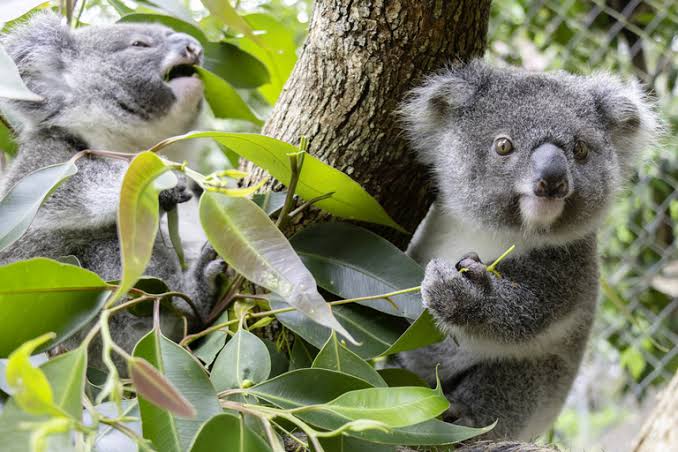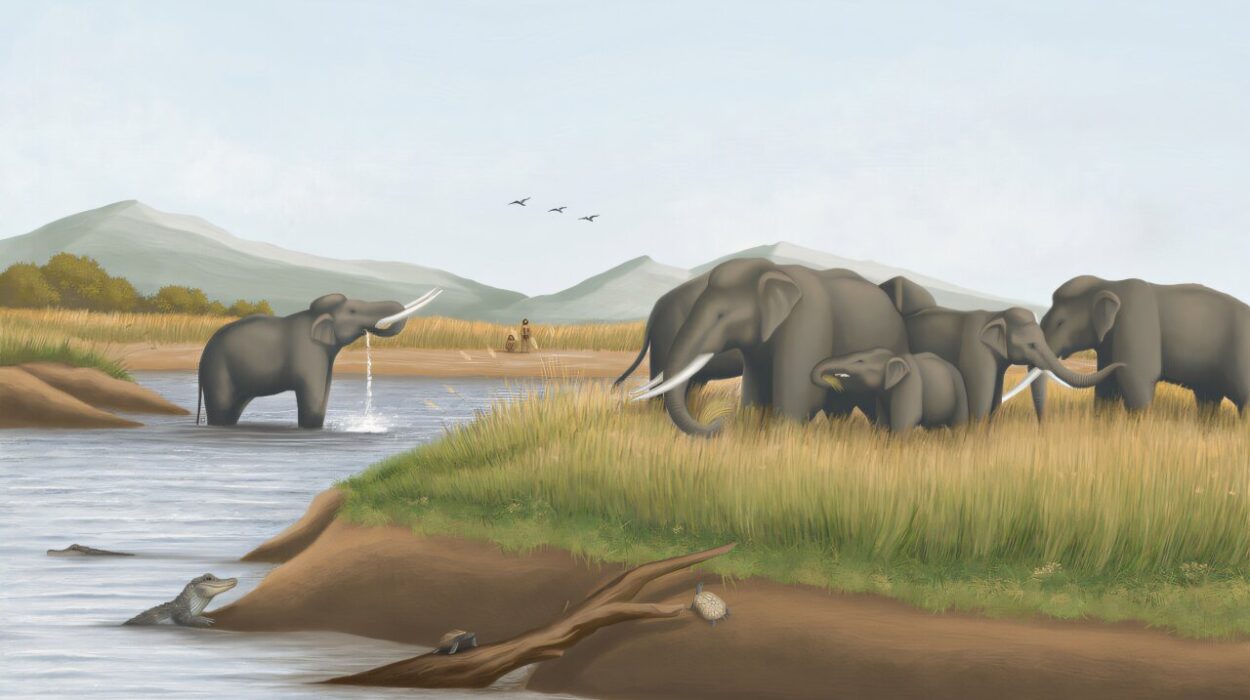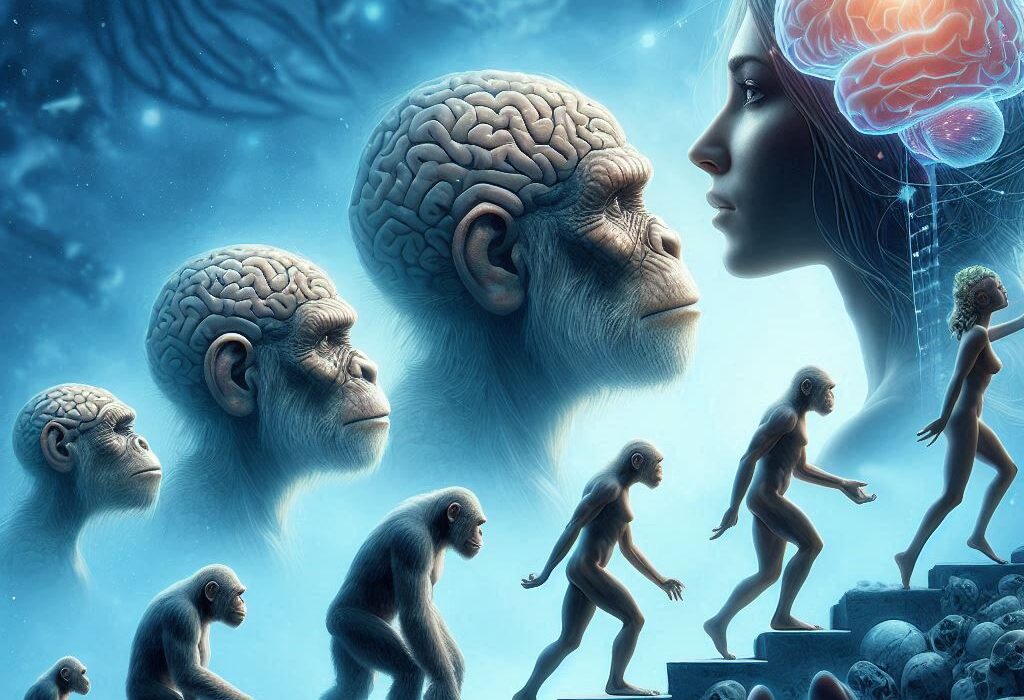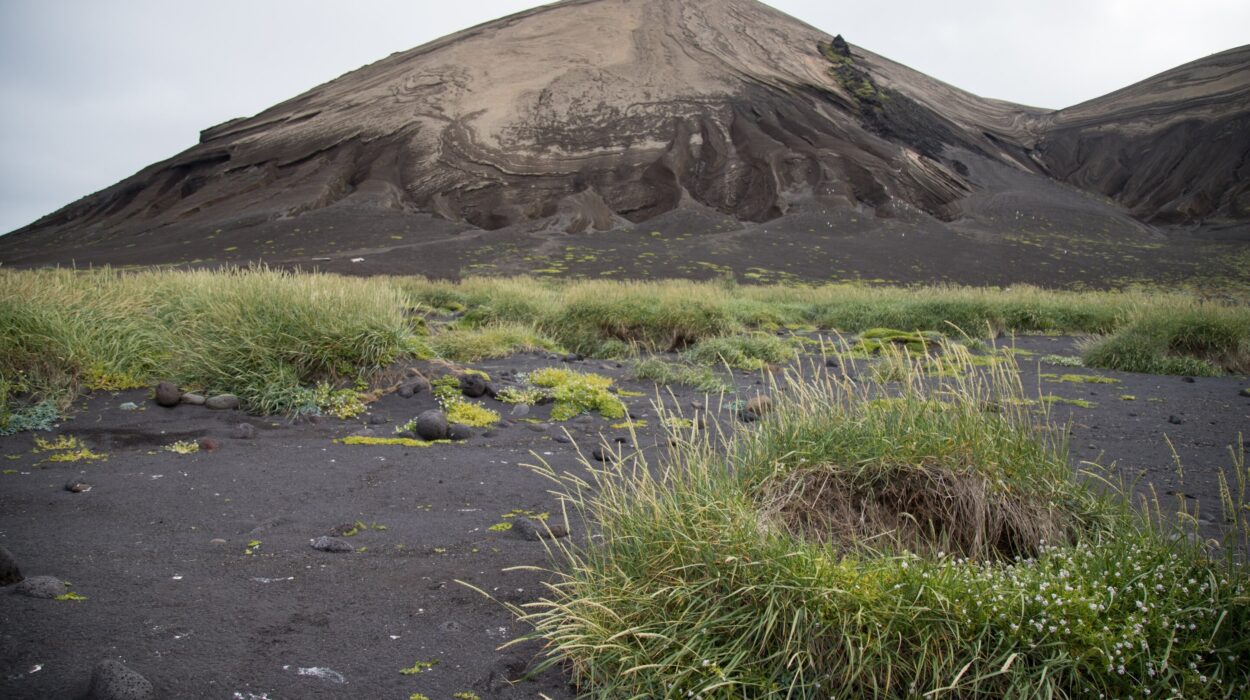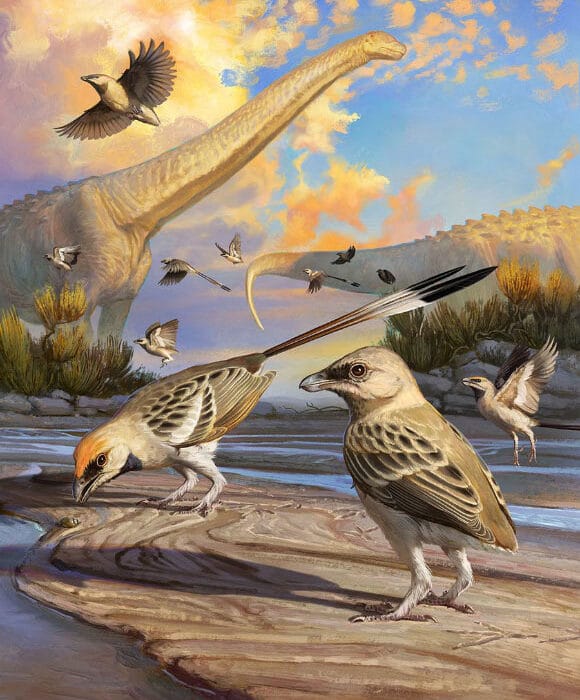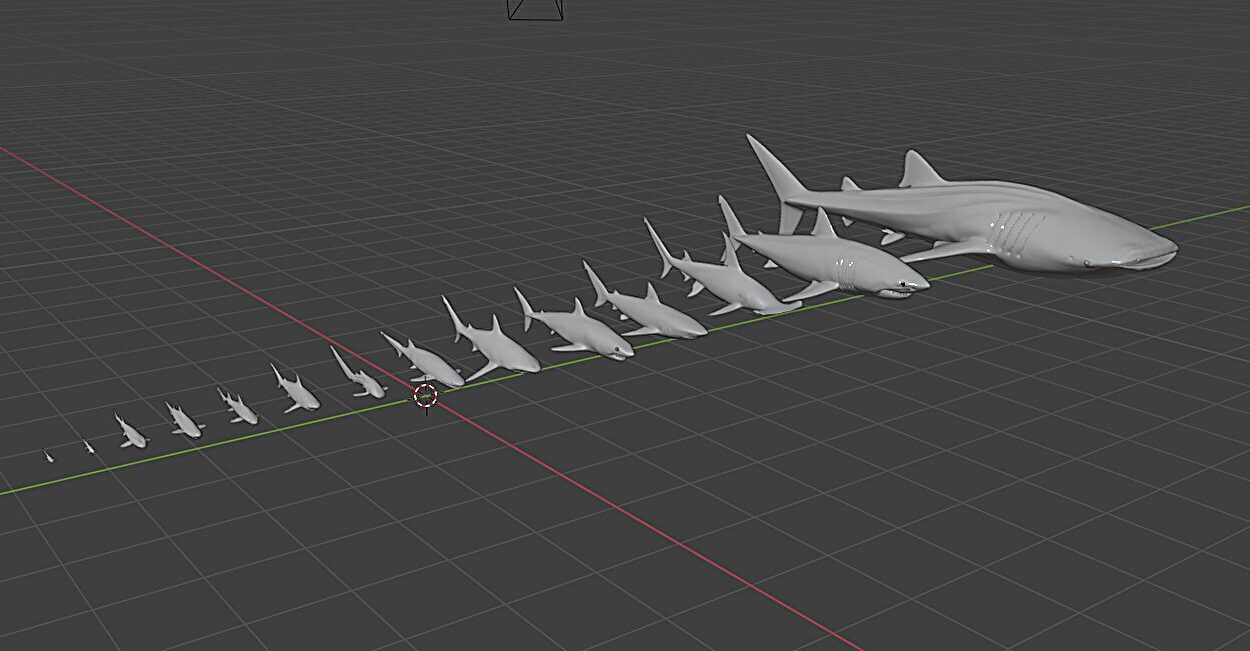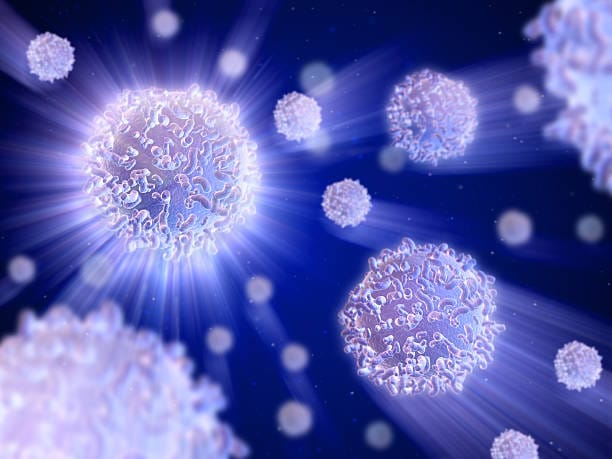In the wild, the birth of a new life is both a miracle and a risk. From the humid undergrowth of tropical rainforests to the barren slopes of Arctic tundras, animal parents face a common, primal challenge: ensuring that their offspring survive a world full of predators, hunger, disease, and environmental dangers. Unlike the secure, hidden safety of a human nursery, the animal kingdom is a theater of constant vigilance, deception, courage, and sacrifice. Each species has developed a suite of behaviors to defend its young, and while these strategies differ dramatically—from the brute strength of a lioness to the silent subterfuge of a leaf insect—they all share a single, universal purpose: to preserve the next generation.
Parental care in animals is a rich and varied tapestry. Some species devote themselves wholly to their young, while others rely on stealth and dispersion to give their offspring a fighting chance. Evolution has equipped every creature with tools and instincts uniquely tailored to their environment, body, and social structure. And within this astonishing diversity lies one of nature’s most emotionally stirring truths: even the smallest of creatures, with no language or culture, often display behaviors that echo the deepest instincts of our own human condition—the desire to protect, to nurture, and to give life every possible chance to flourish.
Evolution’s Gamble: Why Parental Care Exists
From an evolutionary perspective, producing offspring is not enough. For genes to persist in a population, those offspring must survive to reproduce. This central tenet of natural selection underlies the elaborate systems of parental care we observe across the animal kingdom. However, investing time and energy into the young comes with trade-offs. Every minute a parent spends feeding, guarding, or guiding its offspring is time not spent finding food for itself, avoiding predators, or producing more young.
Different species resolve this trade-off in different ways. Some, like sea turtles, lay hundreds of eggs and provide no care at all; they rely on sheer numbers to ensure that at least a few survive. Others, such as elephants, produce fewer offspring but invest heavily in each one. The level and type of parental care are shaped by countless evolutionary pressures, including predation risk, environmental stability, and social structure.
What emerges from these adaptations is not just a set of survival strategies but a window into the deep emotional bonds that exist in nature—bonds that can be fiercely protective, surprisingly selfless, and heartbreakingly tender.
The Silent Vigil of Mothers and Fathers
In many species, the mother is the primary caregiver. In mammals, this is nearly universal, given the biological necessity of nursing. But in the wider animal kingdom, fathers, too, play vital roles—sometimes even assuming full responsibility for rearing the young.
Consider the emperor penguin. In the frigid expanse of Antarctica, after the mother lays a single egg, she transfers it carefully to the father’s feet and returns to the sea to feed. The male then stands immobile for two months in the brutal winter cold, balancing the egg on his feet and covering it with a flap of warm skin called a brood pouch. He eats nothing during this time, surviving on stored fat as temperatures plummet below –60°C. Should the egg roll away onto the ice, even briefly, the embryo inside will freeze to death. His entire body becomes a fortress against the elements, his patience a testament to evolutionary dedication.
In the tropical rainforests of South America, male poison dart frogs provide another example of paternal care. After the female lays eggs on the forest floor, the father guards them vigilantly. When the tadpoles hatch, he carries them one by one on his back to separate pools of water in the axils of bromeliads. There, he continues to monitor them, occasionally bringing unfertilized eggs to feed them. These tiny amphibians, so often overlooked, are among the most attentive fathers in the animal world.
Defenders of the Nest: The Power of Aggression
When it comes to protecting young, many species rely on aggression. For animals that give birth or lay eggs in vulnerable nests or dens, defending these locations becomes a full-time job. Birds, in particular, are notorious for their belligerence during nesting season. Even small songbirds such as robins or wrens will divebomb intruders—including humans—who venture too close to their chicks. Swans, geese, and hawks are especially aggressive, engaging in fierce displays and even physical attacks to deter potential threats.
Among mammals, maternal aggression can be just as intense. A mother grizzly bear, usually a solitary and non-confrontational animal, becomes one of the most dangerous creatures in North America when accompanied by cubs. Her senses sharpen, and she will charge anything she perceives as a threat—wolves, other bears, or unsuspecting hikers.
African elephants display a similar shift in demeanor. Matriarch-led herds will form tight protective circles around their calves, with the adults using their massive bodies and tusks as a living wall. Should danger approach—a predator or even a strange elephant—the herd may charge as one, trumpeting and stomping, sending a message that resonates through both ground and air.
These aggressive displays are not simply acts of violence but calculated responses shaped by the stakes of reproduction. A lost chick or calf is not just an emotional tragedy—it’s an evolutionary dead end. Nature equips parents with the hormonal and behavioral tools necessary to fight for their young, even at great personal risk.
Camouflage, Trickery, and Diversion
Not all animals can rely on strength to protect their offspring. For many species, especially smaller or more physically vulnerable ones, stealth and deception are the weapons of choice.
Insects are masters of this strategy. Many species lay their eggs in hidden or inaccessible places. The female praying mantis may deposit her eggs in a protective foam sac high on a branch. Some butterflies lay eggs on the undersides of leaves, making them less visible to predators. Stick insects resemble twigs so convincingly that both the adults and their eggs blend seamlessly into their surroundings, eluding even the most persistent searchers.
Birds have evolved similar camouflage tactics. The killdeer, a small ground-nesting bird, is famous for its “broken wing” display. When a predator approaches the nest, the parent bird limps away dramatically, dragging one wing as if injured. The predator, sensing easy prey, follows—only to be led far from the vulnerable chicks. Once the nest is safely out of sight, the bird takes flight, unharmed.
Among fish, the cardinalfish and mouthbrooding cichlids go to extraordinary lengths to protect their young. These species keep their offspring in their mouths—literally carrying them around until they are ready to fend for themselves. Should danger approach, the fry quickly swim back into the parent’s mouth for safety. This mobile nursery ensures maximum protection during their most vulnerable stages.
The Strength of Community
For many animals, protection is a communal effort. Herds, packs, pods, and flocks offer safety in numbers, as well as collective caregiving strategies.
In the African savanna, lions are one of the few cat species that live in social groups. Within a pride, females often give birth around the same time and help care for each other’s cubs. This cooperative parenting increases the chances that at least some of the young will survive, especially when the mothers leave to hunt. Cubs are also safer from threats like hyenas or rival male lions, who may attempt infanticide to bring the females back into estrus.
Wolves and wild dogs raise their young within tight-knit packs. All members help feed, guard, and socialize the pups, even those who are not the biological parents. This ensures that knowledge, such as hunting skills or social behavior, is passed down more effectively, and it spreads the risk among multiple caregivers.
Orcas, or killer whales, exemplify some of the most sophisticated communal care in the animal world. Orca calves remain with their mothers for decades, and other pod members often help rear them. Grandmothers play a particularly important role, guiding younger females and intervening when calves are in danger. Recent studies have shown that post-reproductive females (those beyond childbearing age) improve the survival of their grandcalves—a phenomenon mirrored in humans and known as the “grandmother effect.”
The High Price of Sacrifice
In the harshest corners of the natural world, some animals go beyond care—they give their lives.
Among invertebrates, this is especially common. The female octopus lays thousands of eggs and spends months guarding them in a sea cave. During this time, she does not eat, fanning the eggs with her siphon to oxygenate them and warding off predators. She dies shortly after they hatch, her body consumed by the effort. In spiders such as the Australian redback, the female may eat the male after mating—a brutal but efficient way to gain energy for reproduction and egg care.
Even among vertebrates, ultimate sacrifice is not unknown. In certain species of marsupials, the males engage in suicidal mating frenzies, dying shortly after reproduction from stress-induced immune collapse. Their offspring, nurtured in the mother’s pouch, represent the final legacy of their brief, frenzied existence.
Such self-sacrifice might seem alien to us, but in evolutionary terms, it makes sense. If a parent’s death enhances the likelihood that their genes will persist, the act is favored by natural selection. It’s a grim, yet astonishing reminder of how deep the instinct to protect can run—even to the point of death.
Intelligence, Emotion, and Care
The more we study animal behavior, the more we recognize the emotional dimensions of parental care. While caution is warranted in attributing human-like emotions to animals, research continues to reveal parallels between animal and human caregiving that suggest a shared evolutionary foundation.
Primates offer especially vivid examples. Chimpanzee mothers cradle their infants, groom them meticulously, and mourn their loss. Some have been observed carrying the bodies of dead infants for days or even weeks, unwilling or unable to let go. Elephants, too, exhibit mourning behaviors. When a calf dies, family members often remain by the body, touching it gently with their trunks and standing vigil in silence.
Dolphins have been seen supporting dead calves at the surface of the water, as if trying to help them breathe. Such behaviors are difficult to explain without at least acknowledging the possibility of complex emotional worlds.
These moments offer us more than just scientific insight. They provide a bridge—a point of empathy through which we can glimpse the lives of other species not as automatons, but as sentient, caring beings trying, in their own way, to navigate the joys and perils of life.
A Universal Language of Protection
Across continents, climates, and taxonomic classes, the drive to protect young is one of the most powerful forces in the natural world. Whether expressed through aggression, camouflage, communal cooperation, or self-sacrifice, this instinct binds the animal kingdom together in a way that transcends species.
It is a language not of words, but of action—a mother bear standing between her cubs and a threat, a penguin huddling for warmth through the Antarctic night, a tiny frog transporting tadpoles up the rainforest canopy. These moments are not rare anomalies; they are central to the survival of life as we know it.
As humans, we often look to nature for inspiration, for lessons in resilience, cooperation, and ingenuity. But perhaps nowhere is that inspiration more profound than in the fierce tenderness animals show their young. In a world that can be cruel and indifferent, parental care stands as a quiet, defiant act of hope.
Conclusion: A Wild Kindness
To protect is to believe in the future. In the wild, this belief is expressed not in words or ideology, but in the devoted acts of countless animal parents who, day after day, choose their young over themselves. They guard nests, patrol territories, nurse the helpless, and fight when needed—not out of reasoned choice, but from deep evolutionary coding honed by millennia of struggle and success.
Their sacrifices and strategies offer a humbling perspective on the universal bonds that define life. Whether furred, feathered, scaled, or tentacled, the instinct to protect one’s young reveals a shared truth: that survival is not just about strength, but about love in its most elemental form—the fierce, unrelenting love of a parent for its child.
